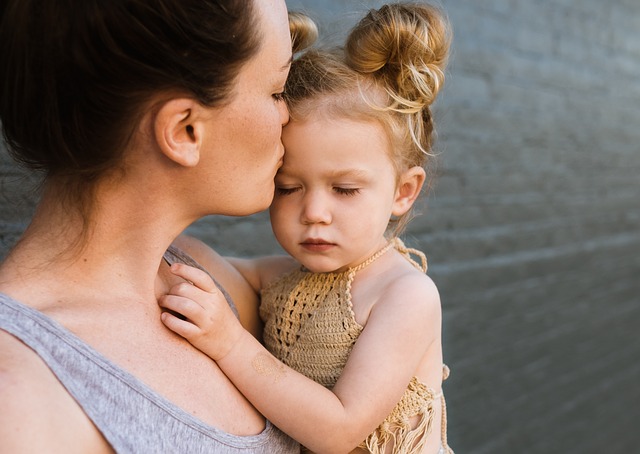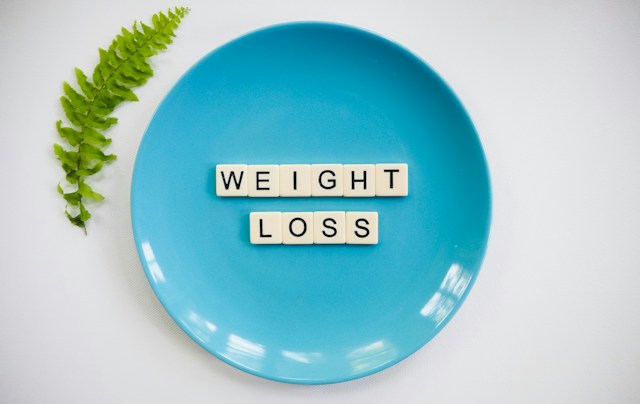As people continue to discover the benefits, it seems that the use of essential oils in natural health is here to stay. However, many parents are still concerned. There is a lot of conflicting information out there, so I wanted to consult with some expert aromatherapists and essential oil experts at Plant Therapy to set the record straight: Are essential oils safe for kids? This is what they said.
1. Why Are Some Oils Unsafe To Use On Or Around Children?
There are many reasons why some essential oils are not recommended to be used on or around children. Some of these reasons are toxicity concerns, adverse skin reactions and breathing problems.
Children are more at risk because they are smaller and therefore more susceptible to toxic substances, their metabolism is less effective than an adults, their skin is thinner than and not as mature as an adults, and they are more susceptible to respiratory issues.
2. Why Should Certain Oils Be Avoided During Pregnancy?
Just like child safety, there are many different reasons why some essential oils are not recommended to be used while pregnant. Some of these concerns are implantation issues, hepatoxicity, developmental toxicity, and abortifacient concerns.
During pregnancy, our growing baby is particularly sensitive to the essential oils we use because “Essential oils by their very nature, being organic substances, will cross the placental barrier and have the potential to affect the fetus. “[1].
[1] Christie, Deacon, Pickard, Price. “Pregnancy Guidelines: Guidelines for Aromatherapists Working with Pregnant Clients” 2013. Retrieved 25 October 2016. https://naha.org/assets/uploads/PregnancyGuidelines-Oct11.pdf
3. How do I find out which essential oils are safe for kids?
As parents ourselves, the Plant Therapy team wanted to provide an easy solution for parents to know what oils are absolutely safe for use with their children. We quickly went to work with the world’s foremost expert on essential oil safety, Robert Tisserand, to create our KidSafe line.
Plant Therapy’s KidSafe oils are clearly labelled as such making it convenient for parents to know which oils are safe for their little ones. Plant Therapy has also created a chart that lists which essential oils ARE safe to use with children.
4. What are the safest methods for using essential oils with kids?
Diffusion is generally considered the safest method of use however, essential oils can safely be used topically for children when diluted properly. While there are several different variables to consider when using essential oils topically with children (age of the child, oil being used, reason for application), a 1-2% dilution for spot treatment is generally considered to be safe.
Please refer to Plant Therapy’s dilution chart to know what dilution percentage recommendations we recommend per age.
5. What essential oil dangers should parents be aware of?
The biggest concern for parents is knowing which essential oils are safe to use with their children and only using them topically when used at a safe dilution. In addition, we feel that parents should be aware of sensitization and phototoxicity concerns as well as proper storage habits.
Sensitization
Sensitization is an allergic reaction to a particular irritant (in this case, essential oils) that results in the development of skin inflammation and itchiness. Unlike skin irritation, the skin becomes increasingly reactive to the substance as a result of subsequent exposure.
Sensitization can occur at the time of the first exposure to essential oils but can be unnoticeable. It can also occur after days, months, or even years of using the same essential oil. The reaction can be localized, generalized, or systemic. To avoid sensitization, we recommend using essential oils only as needed and properly diluting essential oils for topical application.
Photoxicity
Photoxicity is a UV light induced reaction to a photoactive substance. This kind of reaction requires both contact with the phototoxic substance and exposure to strong sunlight. Phototoxicity is a reaction to sunlight, which can cause burning, blistering, and discoloration of the skin.
Not all essential oils are considered phototoxic however, many citrus oils are. Cold pressed Bergamot, Lime, Bitter Orange, Lemon, and Pink Grapefruit essential oils can all lead to phototoxicity concerns. To avoid a phototoxic reaction be sure to use only sun safe oils before going outside or apply the oil to an area that will be covered by clothing.
Storage Concerns
Parents must also remember that proper, safe storage is a must. They get their oils, and might put them in a nice box or storage case, but they are still within the reach of curious children.
We would recommend storing oils in a safe, out of reach area, where small hands won't get a hold of these cute little bottles, and possibly ingest these highly concentrated substances or pour them on to their skin.
6. Tell Me about Plant Therapy Kid-Safe Synergy Blends
In 2011, the founders of Plant Therapy set out to change the essential oils industry by offering the highest quality oils at the lowest price direct to consumers. And as the popularity of our oils spread and our company grew, we realized that the essential oil industry was neglecting to address the needs of one important group: children.
With young ones of our own, we were firm believers that essential oils can have tremendous benefits for kids. Yet, there were no products on the marketing formulated especially for them. We fielded questions from parents all the time about which essential oils could help alleviate common children’s problems such as stuffy noses, calming down and rough, red skin.
The Plant Therapy team realized we could make a difference by creating essential oils that were undoubtedly safe and effective for children. No other company had attempted this challenge, but we were confident that our commitment to quality would allow us to succeed.
Our team began by creating a list of youth concerns and ailments that we wanted our synergies to address, including occasional soreness, sniffles, calming concerns and immune support. The next step was (often hilariously) fun. We wanted the names of our new synergies to be playful and kid-friendly, so we tapped our own children’s, nieces’ and nephews’ imaginations — and, boy, did they deliver.
After debating such product names as “Hurty Head” and “Stinky Away,” we decided on the synergies we wanted to create:
A+ Attention, Better Than Kisses, Calming The Child, Ear Ease, Germ Destroyer, Get ‘Em Gone, Go Go Go, Growing Pains, Immune Boom, Nighty Night, No More Warts, Odor Zapper, Shield Me, Silky Soft, Skin Soother, Sneezy Stop, Sniffle Stopper, Sweet Dreams, Tame The Pain, Tension Tamer, and Tummy All Better.
As parents, we were passionate about getting this right. Without any debate, we agreed we had to commission Robert Tisserand to develop our KidSafe synergies. Robert is an internationally acclaimed aromatherapy expert with decades of experience, and we knew no one else had the expertise we were looking for. Robert’s resume and reputation are impeccable, so when he accepted the challenge, we were beyond excited.
Any successful aromatherapy blend must meet four criteria:
- It needs to work
- It needs to be safe
- It needs to smell appealing
- It needs to be affordable
With the KidSafe line, we added a fifth criterion: It has to be absolutely safe for use on children, in particular.
We worked with Robert to define exactly which oils we should consider. We completely avoided many oils such as peppermint (which can cause breathing problems), thyme (potential skin irritant) and ylang-ylang (potential skin allergen). Then, armed with a list of oils deemed safe for kids, we tasked Robert with creating our line of effective, affordable KidSafe synergies.
~
Thanks to the Plant Therapy team for providing their expertise and insight into this important issue!



Good to know! I am an essential oil novice so I learned a lot from this!
Pinned this! Such important safety information here. Thanks for the post!
I love essential oils! They are a huge part of my family’s daily life. Thanks for talking about the safety, that’s so important.
LOVE the pinnable chart, super helpful! Thank you!
This is a great guide to bookmark! I love that Plant Therapy oils say kid safe, right on the label!